What Is Deep Learning?
In more and more areas we encounter terms like machine learning, deep learning, or even artificial intelligence – what exactly does this mean and where are these topics applied in concrete terms?
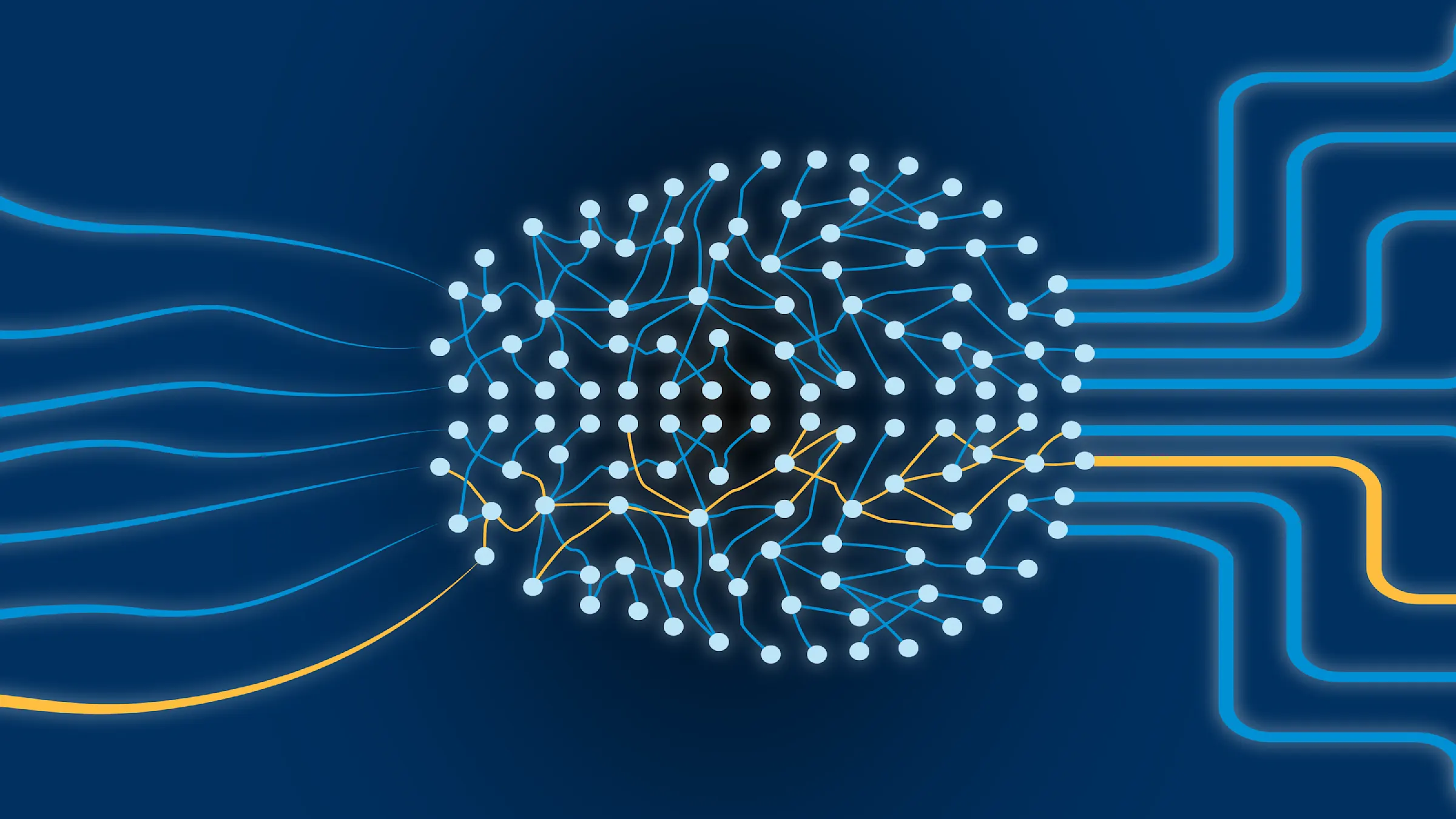
Deep learning in image processing
Our white paper presents the following topics in detail:
Application fields for deep learning in machine vision
Advantages of deep learning-based methods
Cost of using deep learning
Optimization of deep learning nets through hybrid approach
Application fields for solutions without deep learning
In our video "How Do Machines Learn? " we explain the basics of machine learning and reveal how machines become intelligent with the help of neural networks. In this article, we would like to go into more detail about the individual subareas and explain the various technical terms that repeatedly crop up in the context of this topic: Deep learning as a subarea of machine learning, which in turn is seen as a subarea of so-called artificial intelligence.
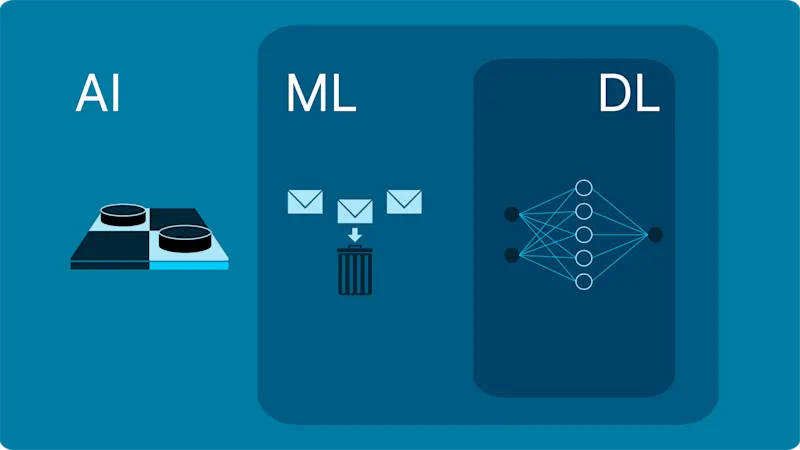
1. Artificial Intelligence (AI)
AI usually describes the imitation or replication of human behavioral structures by machines, usually computer programs. The general term AI covers several subareas, such as expert systems, systems for pattern analysis, or robotics. AI-based systems work with different methods to imitate or model human behavior and decision structures, for example with statistical algorithms, heuristic procedures, artificial neural networks (ANNs), or other variants of machine learning.
2. Machine Learning
Machine learning as a subfield of AI comprises automated procedures to derive general rules from a set of example data – i.e. rules are "learned" from the example data. This can be done by applying predefined and comprehensible algorithms and rules, or – as in the case of deep learning – by using artificial neural networks. Machine learning distinguishes between supervised and unsupervised learning. In supervised learning, the sample data for learning contains both the inputs and the corresponding expected results (e.g., classifications), whereas in unsupervised learning the system is supposed to identify possible results from the inputs themselves.
3. Deep Learning
Deep learning is a method of machine learning, which independently builds (trains) general rules as an artificial neural network from example data during the learning process. Especially in the field of machine vision, the neural network is usually trained by supervised learning, i.e. with example data and predefined results for the example data.
How Does Deep Learning Work?
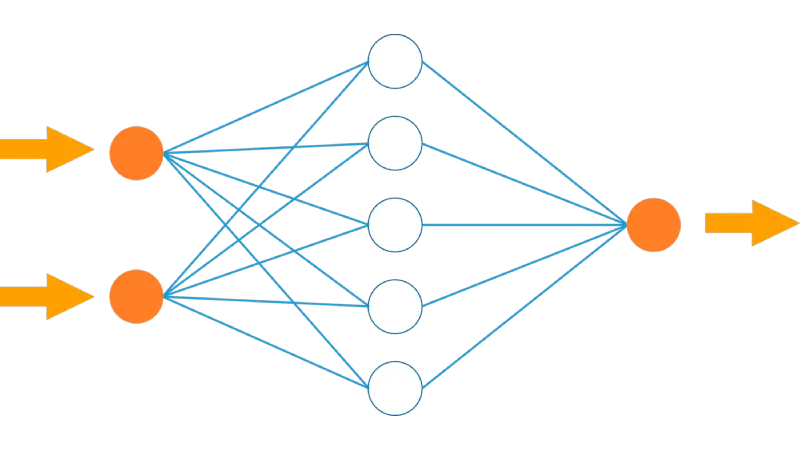
1. Artificial Neural Network
Deep learning as a method uses a certain form of artificial neural networks (ANNs), which must first be trained with sample data. A trained ANN can then be used for its tasks. The use of a trained ANN is called "inference". During inference, the ANN reports back an assessment of the data supplied according to the learned rules. This can be, for example, the estimation of whether an input image represents a faulty or error-free object.
2. Neurons, Layers, and Connections
An ANN consists of layers of "neurons" that are linked together. In the simplest case, these are an input layer and an output layer. Neurons and links can be thought of as matrices. A link matrix contains for each value of the input matrix a connection to the values of the result matrix. The values of the link matrix contain the weighting of the respective connection. The weighting of the input value with the value of the logic matrix produces the respective value in the result matrix.
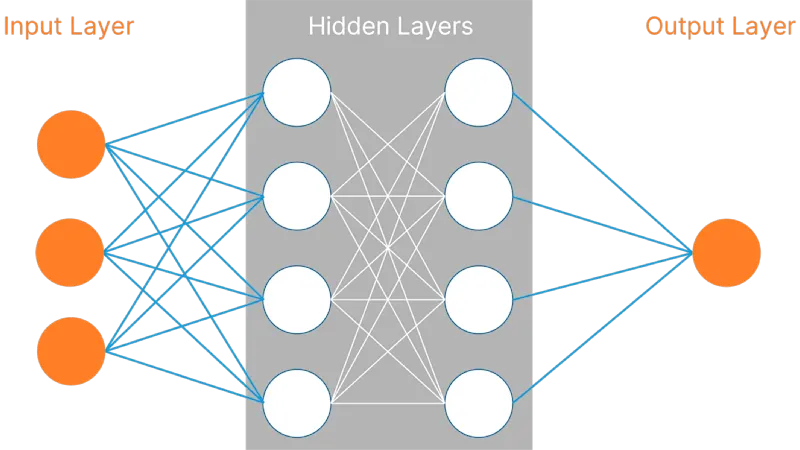
3. Deep Artificial Neural Network
The term deep learning describes the training of so-called "deep" ANNs. Besides the input and output layer, these consist of hundreds of additional "hidden" layers between the visible layers for input and output. The resulting matrix of a hidden layer serves as the input matrix of the next layer. Only the output matrix of the last layer contains the result in this case.
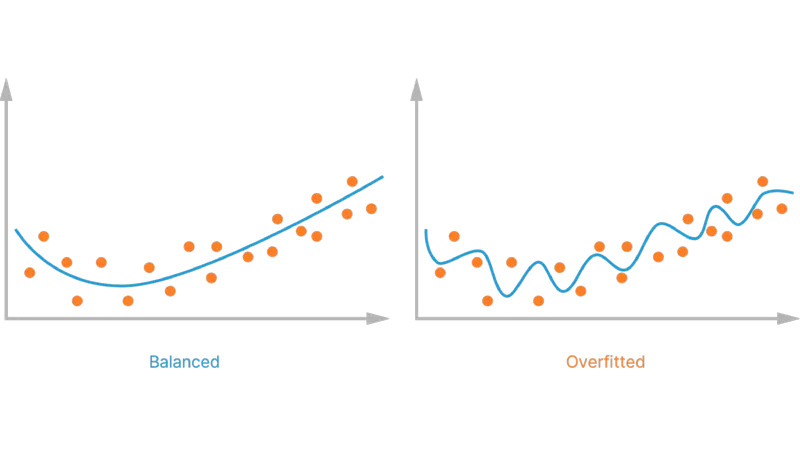
4. Training
When training the ANN, the focus is initially set randomly. Then, the sample data is gradually added. A learning rule is used to adjust the weights of the relationships according to the input data and the expected result. How well an ANN ultimately works, meaning the precision of the assessments in the result, depends strongly on the example data of the training. A large amount of example data with a high degree of variability in the content of the training usually leads to more precise results in inference. If training is done with a lot of very similar or repetitive data, the ANN will not be able to estimate data in the field, if they differ from the example data. In this case we speak of "overfitting" an ANN.
What can I do with Deep Learning?
Whether big or small – everybody likes cookies. The cookie example will show you how deep learning works. The areas of application of deep learning are very diverse. Particularly in the field of machine vision, deep learning is a widely used method for a wide range of tasks. Probably the most common tasks for deep learning in the visual field are image analysis for classification and segmentation of image data.
1. Image Classification
In image classification, images are assigned to different classes, for example, to separate defective components from non-defective components and sort them according to different types of defects, or to assign vacation images to different categories. In cookie production, for example, it would be checked here whether all the cookies are intact or whether they have broken.
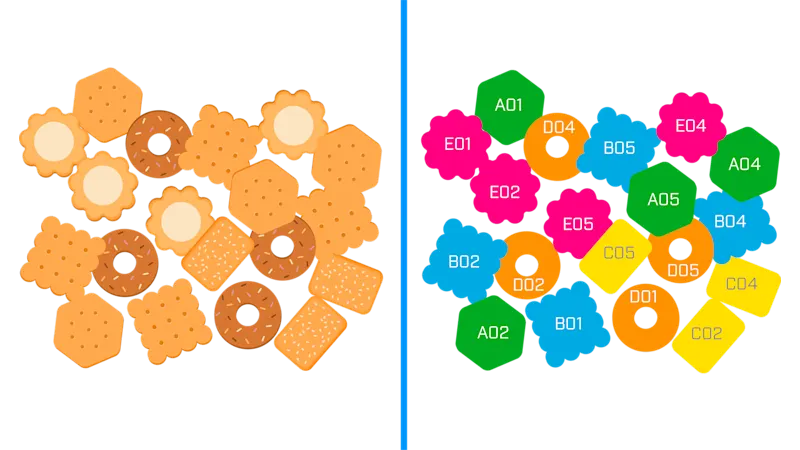
2. Image Segmentation and Object Recognition
Image segmentation assigns each pixel of an image to a class. This makes it possible to identify several different objects on an image, for example, to identify different pieces of fruit in a shopping basket or to identify signs, roadways, and people in traffic. Image segmentation also allows us to see, for example, what different shapes of cookies are running over our assembly line – round, square, or hexagonal.
3. Image Processing
Deep learning can also be useful for processing and optimizing image data, for example, to remove disturbing noise from images or to compensate for interference caused by optical lenses.